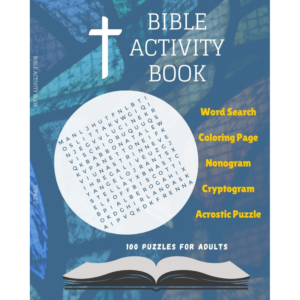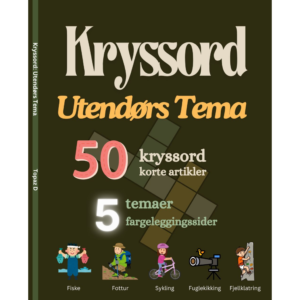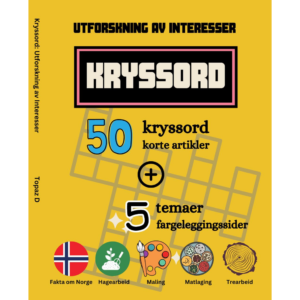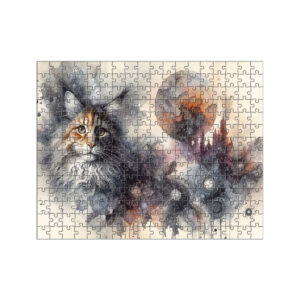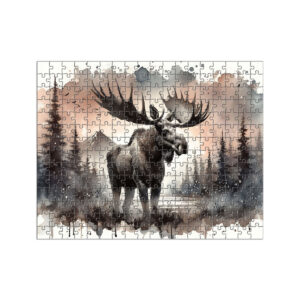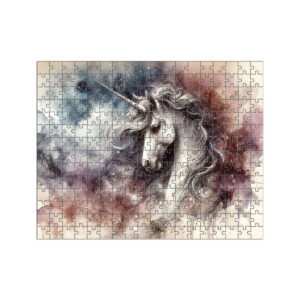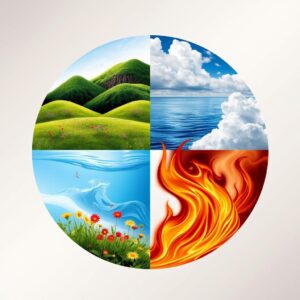
Explore & Play
Discover interesting topics and solve the accompanying crossword puzzle.
Poetry Crossword: Exploring Forms, Techniques, and Innovations
Table of Contents
Poetry crossword
You can either fill in the crossword puzzle directly on this page or click the button in the bottom right corner to print it for free.
——————————————
Exploring Poetry: Forms, Techniques, and Modern Innovations
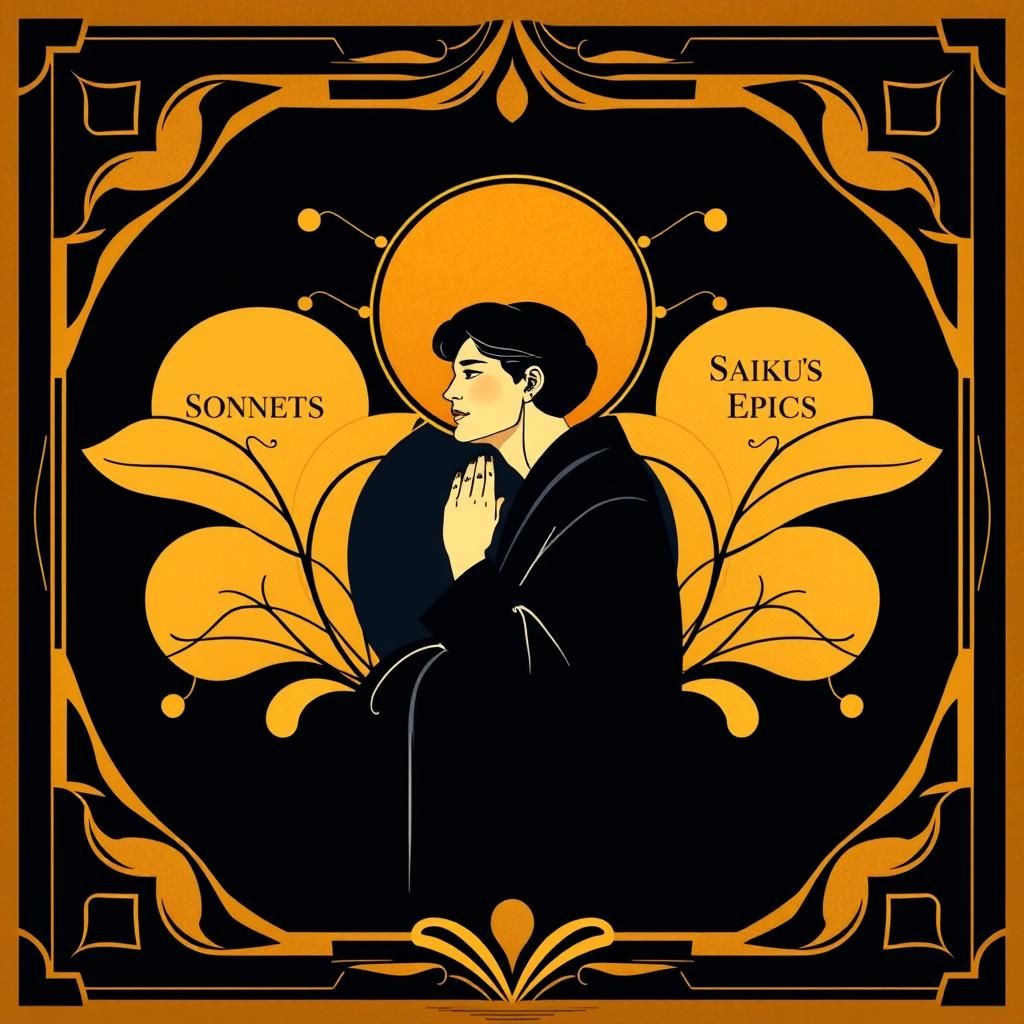
Introduction
What makes poetry endure through centuries, cultures, and countless tongues? At its core, poetry is the artful arrangement of words that stirs the soul, conveying emotion, story, and beauty with a precision that prose often can’t match. It distills the vastness of human experience into moments — brief yet resonant, like a single note held in a grand symphony.
Poetry’s power lies in its economy and intensity. A well-crafted line can evoke a world, a sigh, a memory. It speaks both to the heart and the mind, inviting us to pause, reflect, and sometimes, see the familiar anew. Whether whispered in ancient scrolls or typed on modern screens, poetry remains a timeless vessel of expression — intimate and universal.
Why study poetry at all? Beyond its aesthetic allure, poetry connects us to our collective past and individual identity. Each poem is a thread woven into cultural tapestries, reflecting histories, values, and emotions. For the casual reader or the dedicated scholar, poetry offers insight into language itself — how rhythm, sound, and meaning intertwine.
This article embarks on a journey through poetry’s many faces. From the formal elegance of sonnets and haikus to the expansive narrative of epics and the introspective lyric, we’ll explore the evolution of rhyme and meter, and peer into fresh, contemporary innovations that continue to redefine what poetry can be.
In doing so, we invite you not only to observe but to engage — to hear poetry’s subtle cadence and perhaps find your own voice within its enduring chorus.
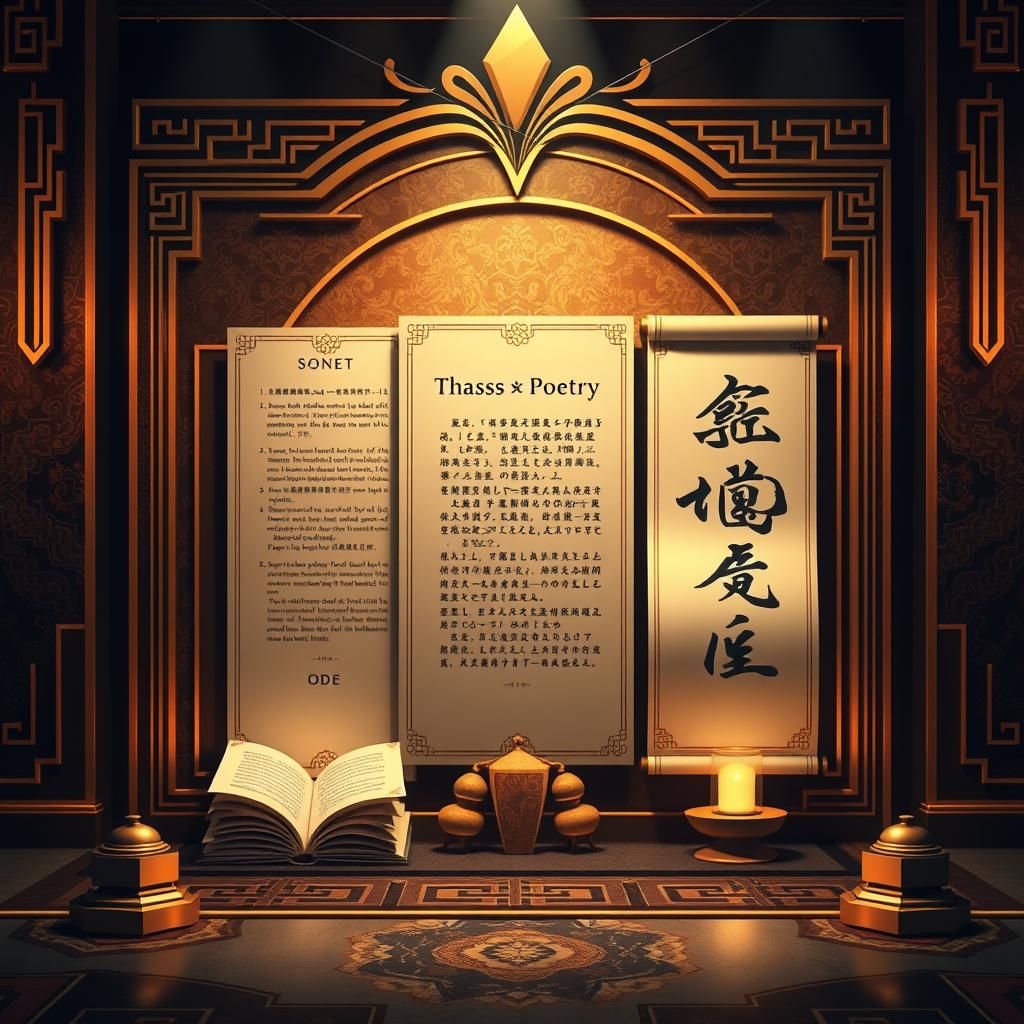
Traditional Poetic Forms
Among the venerable structures that have shaped poetry’s landscape, the sonnet stands as a masterful “little song.” Born in 13th-century Italy’s fertile artistic atmosphere, it is a compact vessel of emotion and intellect. Typically composed of 14 lines, the sonnet dances between rhyme schemes—Shakespeare’s English sonnet opts for ABABCDCDEFEFGG, while Petrarch’s Italian variant intertwines an octave and sestet through ABBAABBA and varying sestet forms. This form invites a thoughtful turn—the volta—that shifts tone or perspective, much like a whispered revelation near a salon’s flickering candlelight.
Contrasting the sonnet’s refined complexity, the haiku offers serene brevity. Rooted in Japanese tradition, it captures fleeting moments and natural beauty within a strict 5-7-5 syllabic embrace. Its allure lies in simplicity—each syllable measured as carefully as a brushstroke in a sumi-e painting. Haikus often leave space for contemplation, inviting you to pause and dwell on the whisper of a falling leaf or the chill of morning mist.
Then there is the ode, a lyrical exaltation. Historically, odes have celebrated subjects grand or intimate through elevated language and formal structure. Think of Pindar’s paeans or Keats’s sensuous meditations—each ode a tribute not just to its subject but to poetry’s power to dignify. Whether in praise of valor, beauty, or the pulse of everyday wonder, the ode remains a stately vessel for admiration.
Extending beyond these forms are the epic and lyric poems—the former sprawling sagas unfolding heroic deeds across sweeping narratives, the latter intimate reflections capturing personal emotion in concentrated bursts. Epics like Homer’s Iliad command grandeur and myth; lyric poetry turns inward, baring the soul with subtle grace.
Collectively, these traditional forms invite us into poetry’s grand heritage, each offering a distinct path to expression—structured yet resonant, sparing yet profound. In knowing them, we not only appreciate the craft but also glimpse the enduring heartbeat of human experience etched in verse.
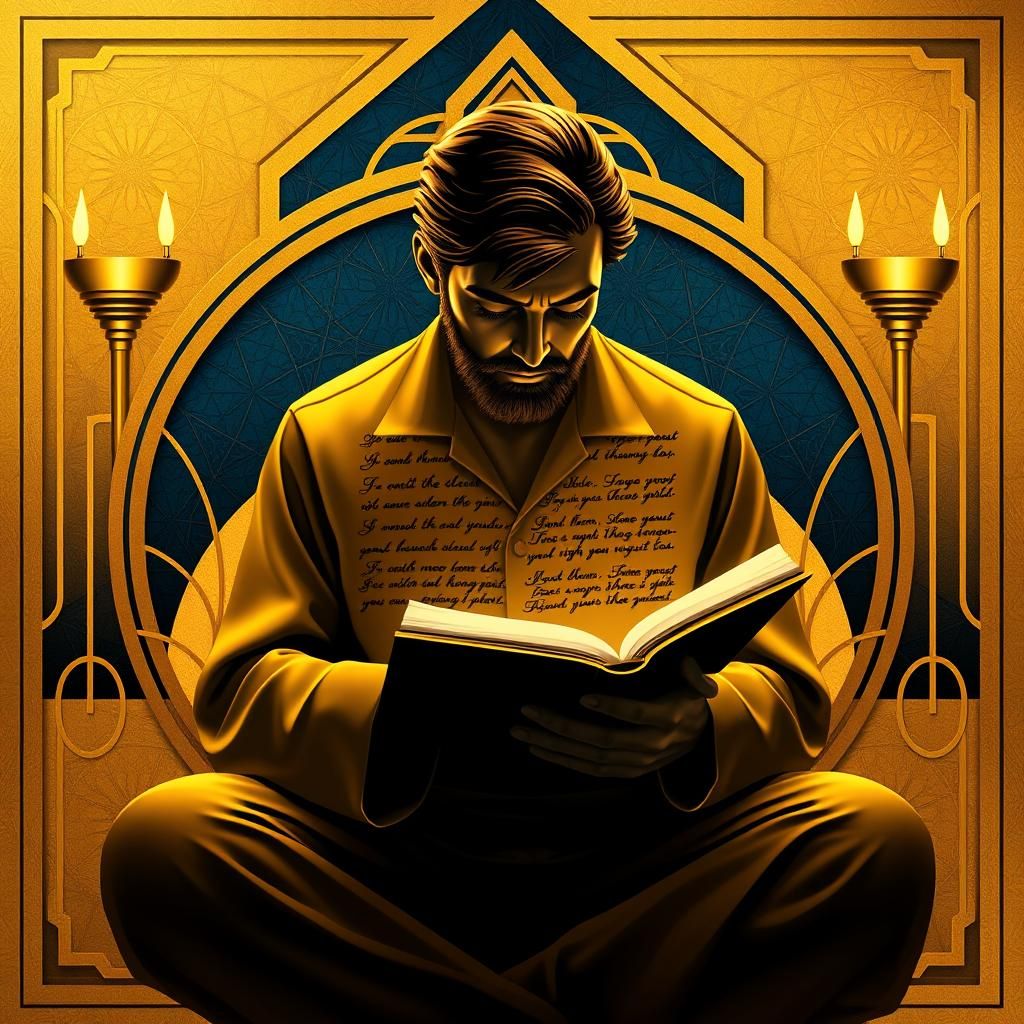
Evolution of Rhyme and Meter
Rhyme and meter are the heartbeat of traditional poetry—rhythm and echo joined in a dance as old as language itself. Consider the familiar patterns like ABAB or AABB. These schemes do more than please the ear; they anchor memory and elevate meaning through subtle repetition. It’s this measured interplay that lends poetry its music, transforming words into a melody that lingers long after the last line.
Meter, the structured cadence beneath the surface, shapes how a poem breathes and moves. Take iambic pentameter, the steady heartbeat of Shakespeare’s sonnets, with its pattern of unstressed and stressed syllables. This measured pace can quicken excitement or draw out reflection. Trochees, dactyls, and anapests each introduce their own rhythm, modulating mood with the precision of a composer.
Yet, the story of rhyme and meter is far from static. The modern era has embraced freedom—free verse—where rules loosen and surprise takes center stage. Here, poets explore rhythms that mimic natural speech and emotional nuance without the confines of a set pattern. Still, the old forms remain cherished. The emotional impact of rhyme and meter endures, a testament to their intuitive connection to human feeling.
In this evolving landscape, why does rhyme continue to captivate? Perhaps it is the way rhyme forms a secret code between poet and reader, a small but profound symmetry that delights the mind. Or the way meter, like a tide, pulls us through the poem’s depths. The balance between tradition and innovation invites us to reconsider: how do rhythm and sound shape our very experience of language—and, ultimately, of ourselves?

Contemporary Poetic Forms and Innovations
Poetry today wears many faces, each breathing fresh life into age-old traditions. Take the haiku—a form once bound by strict syllabic rules now relaxing into something more personal and fluid. Modern haikus often disregard the classic 5-7-5 pattern, allowing space for personal reflection or cultural nuance. This freedom transforms a rigid snapshot of nature into a delicate whisper of inner worlds.
Free verse invites even greater liberty. Stripped of rhyme and meter, it dances with rhythm’s invisible pulse, shaped by the poet’s breath and intent rather than predetermined patterns. This openness appeals to those who seek to capture the world’s complexities without constraint—whether through fractured syntax, visual layout, or unexpected pauses.
Odes, too, have found new terrain. Once a solemn celebration of heroes or divine inspiration, the contemporary ode now champions the mundane—a morning coffee, worn shoes, even the quiet hum of a city street. Such poems honor ordinary moments with a quiet grandeur, blending classical form with modern sensibilities.
Emerging hybrid forms weave these elements together, sometimes crossing into multimedia or performance art. Poetry is no longer confined to the page; it lives in sound, image, and movement. These innovations reveal a timeless truth: poetry endures by evolving, just as the world around it does. How might you embrace these forms, letting tradition guide yet not limit your own poetic voice?
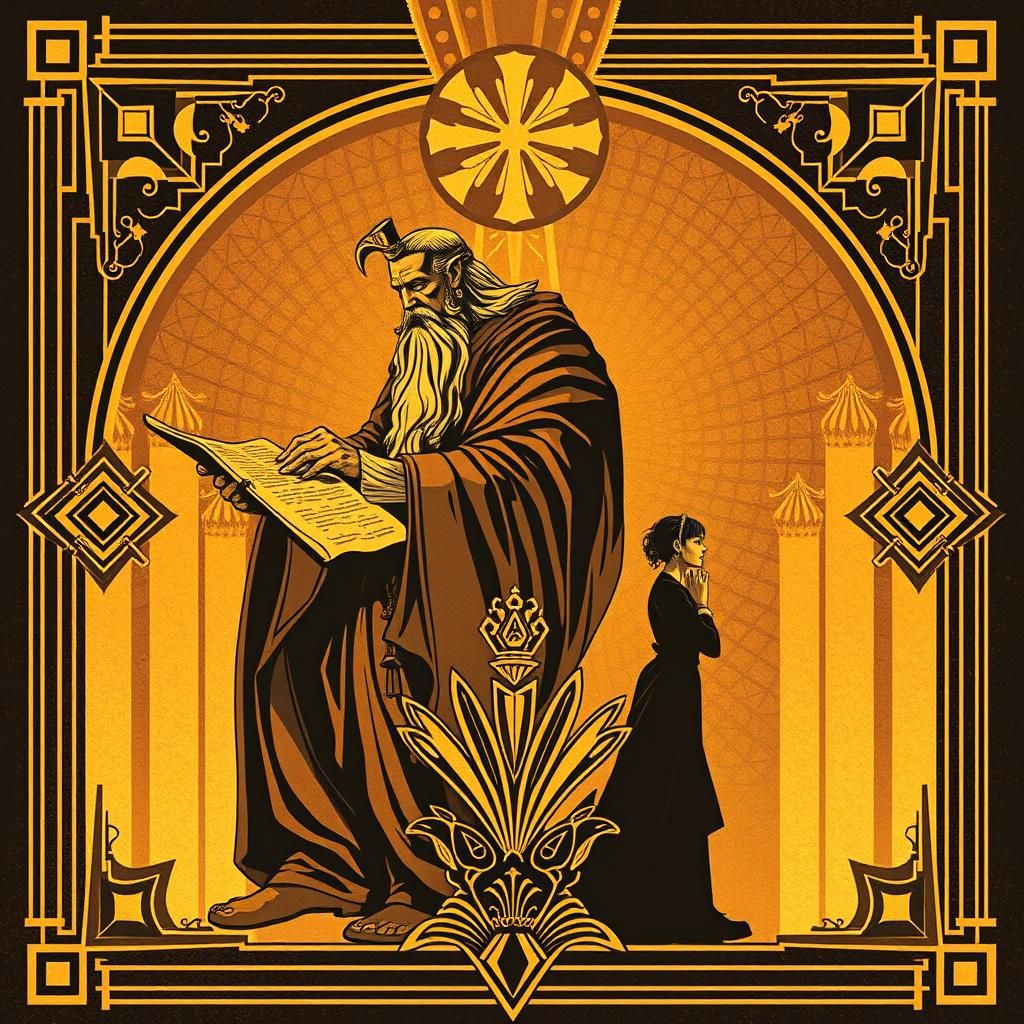
Distinctions Between Epic and Lyric Poetry
Poetry, in its many guises, often falls into two grand categories: epic and lyric. Each holds a distinct place in the literary pantheon, communicating through different lenses yet equally rich in artistic value.
Epic poetry commands attention with its sweeping narratives and heroic themes. These are the grand tapestries of verse—lengthy, ambitious, and filled with mythic or historical exploits. One might think of Homer’s Iliad or Virgil’s Aeneid—stories stretched across vast landscapes and generations, recounting feats of valor and the fate of nations. The scope is monumental; the poet becomes a storyteller, weaving characters’ destinies into the fabric of cultural memory.
Lyric poetry, by contrast, turns inward. It thrives on intimacy, a glimpse into the inner workings of heart and mind. These poems are the whispers of personal emotion, reflections captured in brief but potent forms. Unlike epics, lyric poems are often shorter, making space for subtle moods and fleeting impressions. The lyric voice is immediate, painting sensations and soul-states with economy and grace.
What sets these forms apart is not simply length or subject, but purpose and effect. Whereas epic poetry seeks to narrate and immortalize grand tales, lyric poetry invites us to feel and reflect. Both, however, share a devotion to rhythm and language, carving meaning with precision and artistry.
Across cultures and epochs, these two modes have shaped how humanity records both its collective myths and private truths. Recognizing their differences enriches our appreciation of poetry’s ability to both chronicle and console—the epic to inspire wonder, the lyric to evoke empathy. It is in this balance that poetry finds its enduring power, whispering simultaneously of the world’s vastness and the soul’s depth.
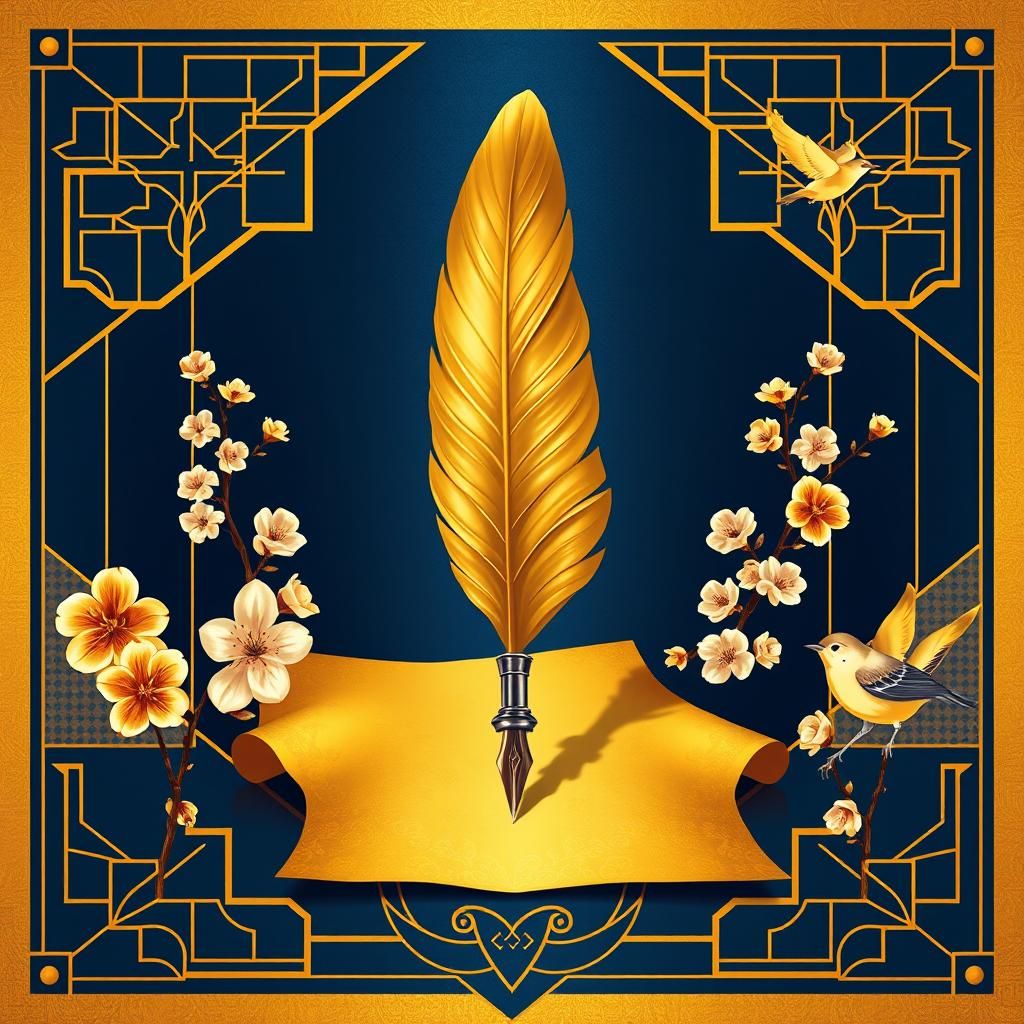
Examples of Iconic Poetic Forms
To truly grasp poetry’s enduring charm, one must encounter the forms that have shaped its course, each bearing its distinct rhythm and voice.
Sonnets, for instance, stand as paragons of structure and discipline. With fourteen lines weaving a precise rhyme scheme—often ABABCDCDEFEFGG in the Shakespearean tradition—they invite a dance of thought and emotion within a compact frame. Consider Shakespeare’s famous closing couplet from Sonnet 18: “So long as men can breathe or eyes can see, / So long lives this, and this gives life to thee.” Here, the sonnet becomes both vessel and tribute, timelessly engraved in verse.
Turn to the delicate balance of nature and brevity in haikus. Rooted in Japanese tradition, these three-line poems traditionally follow the 5-7-5 syllabic rhythm, capturing a fleeting moment or a seasonal whisper. Matsuo Bashō’s classic haiku, “An old silent pond— / A frog jumps into the pond— / Splash! Silence again,” evokes serenity with sheer economy of words. Modern haikus, meanwhile, often loosen strict syllable counts, embracing personal narratives without sacrificing that quiet, vivid essence.
Then there are odes, those ceremonial poems of praise, historically rich and ceremonious. Take John Keats’s Ode to a Nightingale, where lush imagery celebrates immortal beauty amid mortal pangs: “Thou wast not born for death, immortal Bird!” Today’s adaptations might honor the everyday—a humble ode to morning coffee or a worn leather chair—melding classic reverence with contemporary intimacy.
Each form carves out its own space in poetry’s vast landscape, offering a template for expression that is both grounded in tradition and endlessly ripe for reinvention. Engaging with these iconic forms reveals not only the evolution of poetic craft but also the timeless pulse beneath every line.
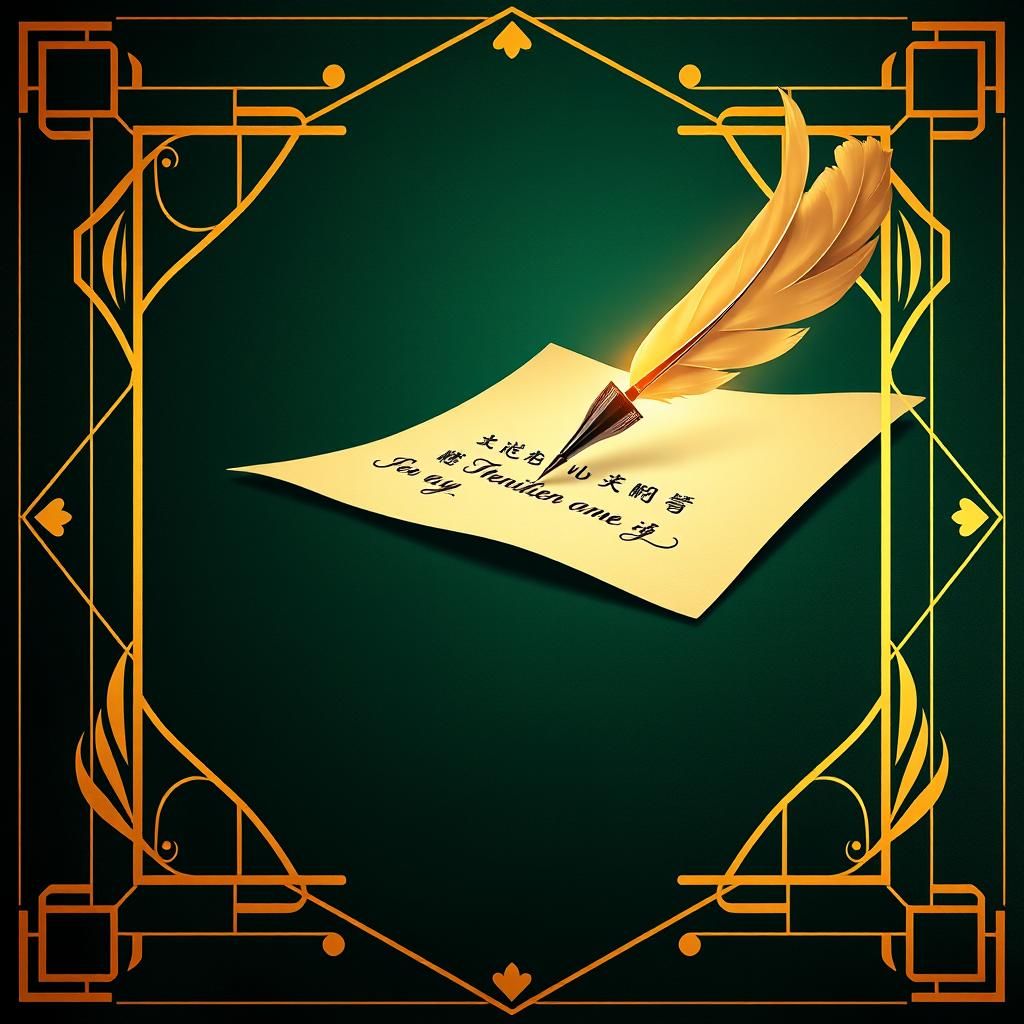
As we draw the thread through poetry’s vast tapestry, one truth stands clear: this art form is anything but static. From the measured elegance of ancient sonnets to the boundless freedom of modern free verse, poetry evolves—breathing new life into language, feeling, and expression. Each form, whether time-honored or experimental, invites us to listen more closely—to emotions, to moments, to the world around us—with fresh attentiveness.
Engaging with poetry need not be an exercise in complexity. Begin simply: read aloud and savor the cadence; let yourself feel the pulse beneath the words. Try penning a few lines—no need for perfection, only sincerity. Perhaps a haiku that captures a fleeting afternoon light, or a brief ode to something that moves you. With every verse, you sharpen your perception, deepen your empathy, and connect with centuries of human experience.
For those eager to delve further, a wealth of resources awaits—classic anthologies that frame tradition alongside innovation, online communities where voices blend and flourish, and guides that unlock nuanced techniques at your own pace. Poetry is not only for the scholar or the artist but for anyone willing to pause and embrace the eloquence of moments otherwise passed unnoticed.
May this exploration be an invitation: to play with form, to honor meaning, and to discover your own poetic resonance in a world ripe with inspiration. In poetry, the personal meets the universal—a timeless dialogue waiting for your voice.
Share to...
I hope you enjoy the content.
Want to receive our daily crossword puzzle or article? Subscribe!
You may also be interested in
Share to…
Want to receive our daily crossword puzzle?
-
Jigsaw Puzzles
Maine Coon Cat Ink Wash Puzzle 250 | 300 | 500 Pieces
kr 348,00 – kr 439,00Price range: kr 348,00 through kr 439,00 Select options This product has multiple variants. The options may be chosen on the product page -
Jigsaw Puzzles
Majestic Moose in Forest Watercolor Jigsaw Puzzle 250 | 300 | 500 Brikker
kr 348,00 – kr 439,00Price range: kr 348,00 through kr 439,00 Select options This product has multiple variants. The options may be chosen on the product page -
Jigsaw Puzzles
Majestic Unicorn Watercolor Puzzle 250 | 300 | 500 Brikker
kr 348,00 – kr 439,00Price range: kr 348,00 through kr 439,00 Select options This product has multiple variants. The options may be chosen on the product page











